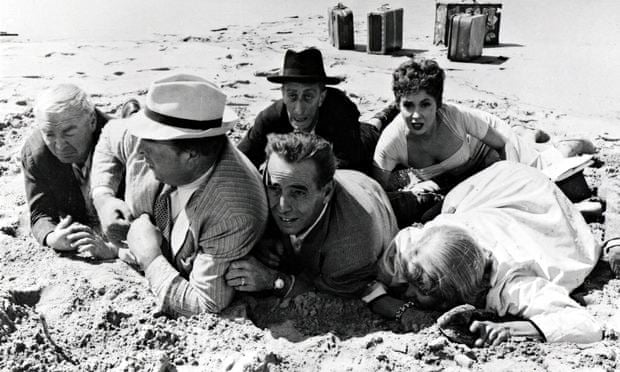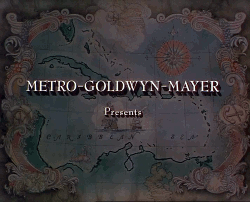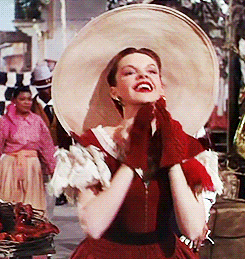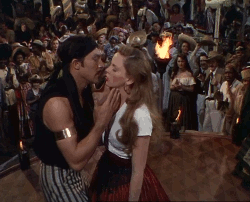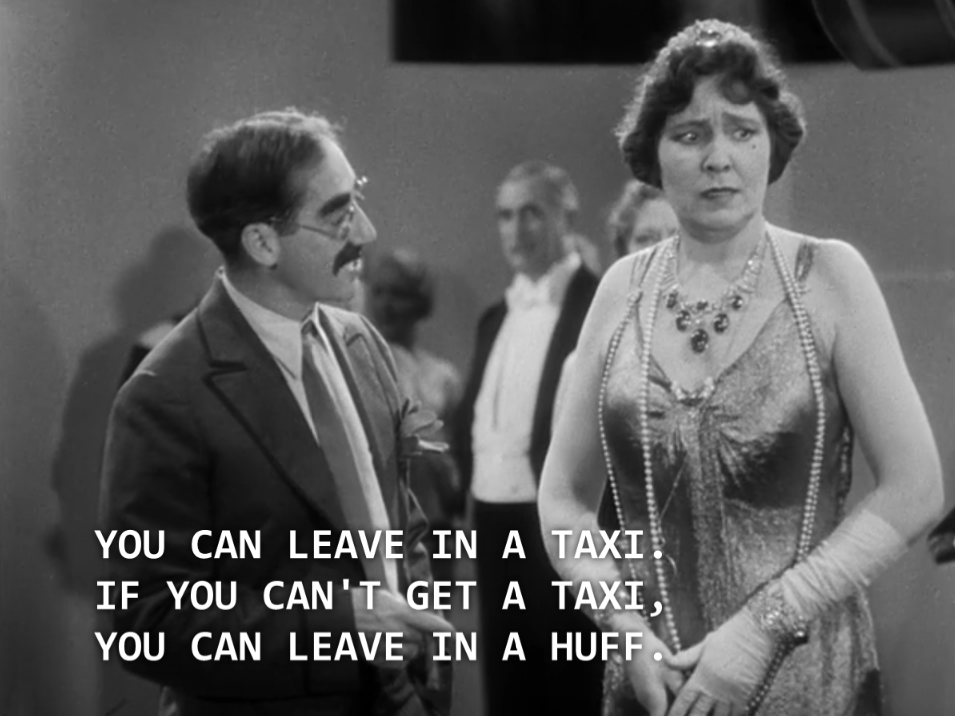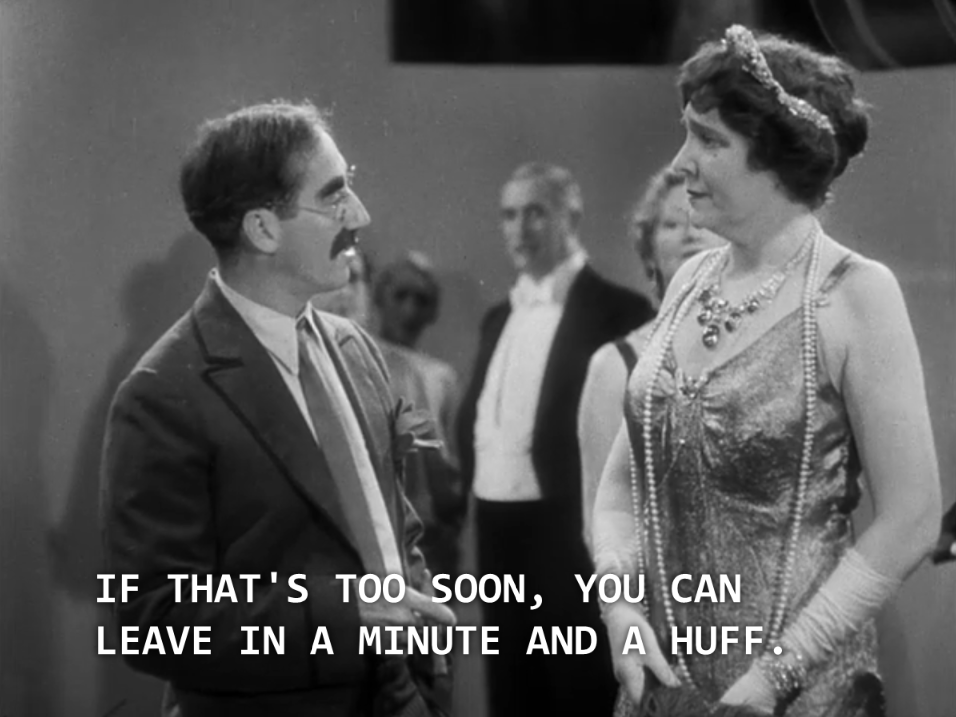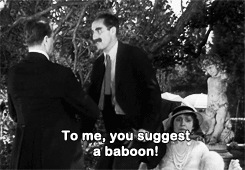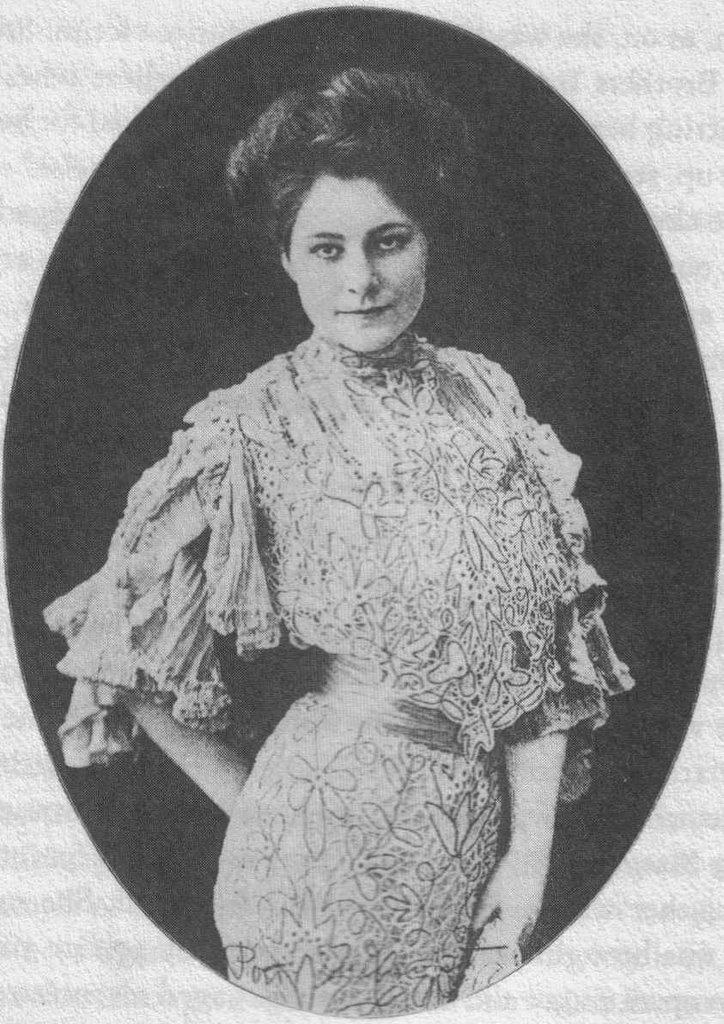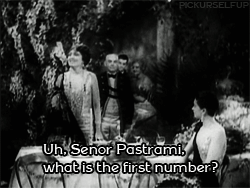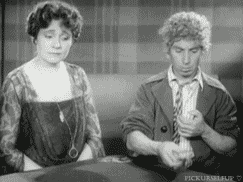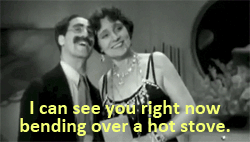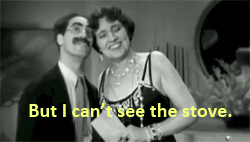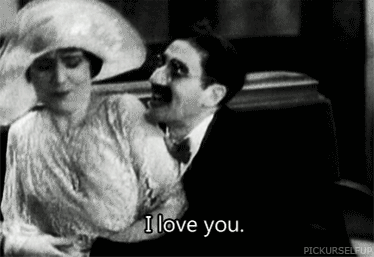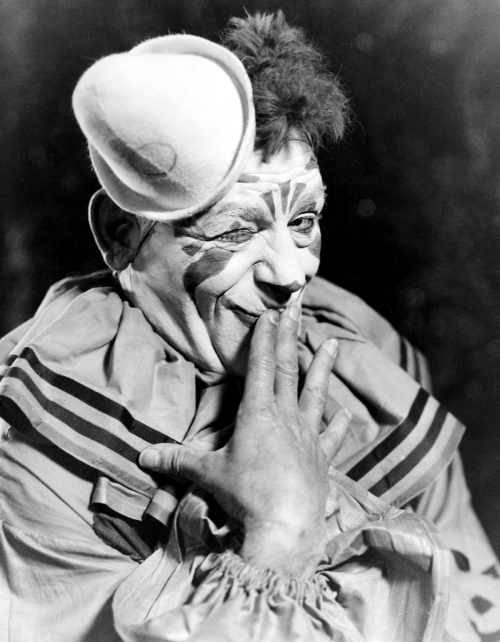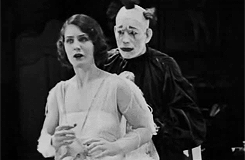Alguns
encontros são obra do destino. Foi obra do destino o primeiro encontro de
Humphrey Bogart e John Huston. E é com um encontro que é uma verdadeira obra do
destino que o último filme que eles fizeram juntos, “O Diabo Riu por Último”,
começa.
Some
meetings are totally fortuitous. It was a fortuitous happening when Humphrey
Bogart met John Huston. And it is with a fortuitous happening that their last
film together, “Beat the Devil”, begins.
Billy
Dannreuther (Humphrey Bogart) está em uma cidade exótica da Itália com sua
esposa Maria (Gina Lollobrigida) esperando que seu barco esteja pronto para
zarpar. Outro casal que está esperando para embarcar no navio são Harry Chelm
(Edward Underdown) e Gwendolen (Jennifer Jones, com o cabelo pintado de loiro).
O navio vai para a África, onde Harry deve comprar terras para explorar – ele diz
que pretende plantar café, mas suas intenções são outras.
Billy
Dannreuther (Bogart) is in an exotic town in Italy with his wife, Maria (Gina
Lollobrigida) waiting for their ship to be ready to sail. Another couple
waiting to board on the ship is Harry Chelm (Edward Underdown) and Gwendolen
(Jennifer Jones, with her hair dyed blonde). The ship goes to Africa, where
Harry will buy a piece of land to explore – he says he’ll plant coffee, but his
intentions are different.
Billy
tem alguns velhos conhecidos, Peterson (Robert Morley), O’Hara (Peter Lorre),
Major Ross (Ivor Barnard) e Ravello (Marco Tulli), também zanzando pelo local e
ouvindo cuidadosamente o que Gwen disse. O problema é que ela é uma mentirosa
compulsiva e é muito difícil dizer quando ela está falando a verdade e quando está
inventando. Para complicar mais a situação, enquanto o navio está sendo
preparado Billy e Gwen se envolvem, e o mesmo acontece com Maria e Harry.
Billy
had some old acquaintances, Peterson (Robert Morley), O’Hara (Peter Lorre),
Major Ross (Ivor Barnard) and Ravello (Marco Tulli) also wandering around and
listening carefully to what Gwen says. The problem is that Gwen is a compulsive
liar, and we often can’t say if she’s telling the truth or making it up. To
make things worse, while the ship is being prepared, Billy gets involved with
Gwen, and Maria with Harry.
Há
alguns momentos divertidos no filme, como quando o carro em que Billy e
Peterson estão para e eles precisam empurrá-lo para que ele volte a funcionar.
Nós também temos uma ótima galeria de personagens, incluindo o quarteto do mal
e o irônico responsável pelo navio, interpretado por Mario Perrone, que estava
trabalhando como pianista em um restaurante de Roma antes de ser escalados para
“O Diabo Riu por Último”.
There
are some very funny moments in the film, like when the car in which Billy and
Peterson travel stops and they have to push it to make it work again. We also
have a very good gallery of characters, including the evil quartet and the
ironic ship purser, played by Mario Perrone, who was working a restaurant
pianist in Rome before appearing in “Beat the Devil”.
A voz
de Bogart é inconfundível, certo? Errado! Em alguns momentos, pode parecer que
estamos ouvindo a voz de Bogie, mas não é ele: é um novato vindo da Inglaterra
que podia imitar diversas vozes. O nome do novato era Peter Sellers. Ele foi
contratado para fazer a dublagem quando Bogart se envolveu em um acidente de
carro e perdeu alguns dentes da frente, e ficou impossibilitado de falar com
clareza.
Bogart’s
voice is unmistakable, right? Wrong! In some moments, it may seem like we are
hearing Bogie, but that’s not him: it’s a newcomer from England who could
imitate several voices. The newcomer’s name was Peter Sellers. He was hired to
do the voiceover when Bogart got involved in a car crash and lost some front
teeth, becoming unable to speak clearly.
O que
John Huston tentou fazer com este filme? Além de ser o diretor, ele era um dos
roteiristas – o outro era Truman Capote. Capote e Huston escreviam o roteiro
conforme o filmavam, o que significava que ninguém sabia o fim ou mesmo o tom
geral do filme.
What
did John Huston try to do with this movie? Besides being the director, he was
one of the screenwriters – the other being Truman Capote. Capote and Huston
wrote the script as they shot, meaning that nobody knew the ending or even the
general tone of the film.
Na
primeira vez em que Bogart e Huston trabalharam juntos, eles fizeram a
obra-prima “O Falcão Maltês” (1941). Na última vez em que eles trabalharam
juntos, eles só queriam se divertir. E eles realmente fizeram isso com “O Diabo
Riu por Último”: em um ambiente sempre alegre, elenco e equipe jogavam cartas,
comiam e bebiam e relaxavam em um belo cenário. Huston ficou tão bêbado e
relaxado que foi fazer uma caminhada noturna e caiu de um penhasco, porém não
se machucou.
The first
time Bogart and Huston worked together, they made the masterpiece “The Maltese
Falcon” (1941). The last time they worked together, they just wanted to have
fun. And they really did it with “Beat the Devil”: in an always happy
environment, the cast and crew played cards, enjoyed food and drinks and
relaxed in a beautiful scenario. Huston got so drunk and relaxed that he went
for a night walk and fell off a cliff, but remained unharmed.
Alguns
dizem que Huston queria fazer uma sátira – mas uma sátira do que, exatamente? Filem noir? Filmes de aventura? Qual a
razão de adicionar à história um revolucionário árabe apaixonado por Rita
Hayworth? Roger Ebert escreveu que “O diabo Riu por Último” foi o primeiro
filme “camp” já feito – sendo seu tom “camp” proposital.
Some
say Huston wanted to make a satire – but a satire of what, exactly? Film noir?
Adventure films? What is
the point of adding to the story an Arab revolutionary leader in love with Rita
Hayworth? Roger Ebert wrote that “Beat the Devil” was the first camp film ever
made – with its “campiness” being on purpose.
Bogart
não ficou muito feliz com o resultado, afinal, foi sua produtora Santana que
financiou o filme. Mas ele estava, no final das contas, entre amigos. “O Diabo
Riu por Último” não é uma comédia de gargalhar, mas tem momentos divertidos,
não é noir, mas tem mistério. É um filme que pertence a um gênero único e
exclusivo, e é mais um produto da mente de Capote que dos talentos de Huston e
Bogart.
Bogart
was not very happy with the result, after all, it was his production company
Santana that put money to make the movie. But he was, after all, among friends.
“Beat the Devil” is not a laugh-out-loud comedy, but has its funny moments, it’s
not noir but it has mysteries. It’s a film that belongs in its own genre, and
is more a work of Capote’s mind than of Huston’s and Bogart’s talents.
“Beat
the Devil” (1953) is on public domain. It can be watched on YouTube and The Internet Archive.
This is
my contribution to the Humphrey Bogart blogathon, hosted at Musings of a Classic Film Addict and Sleepwalking in Hollywood.


